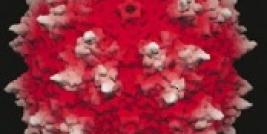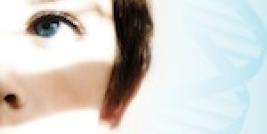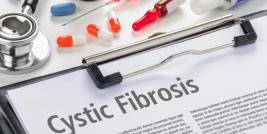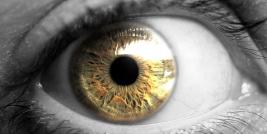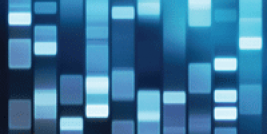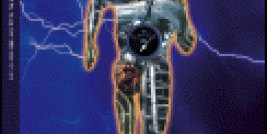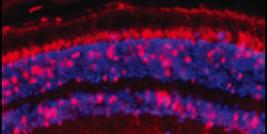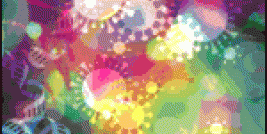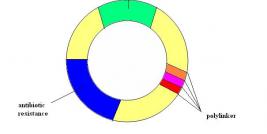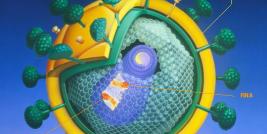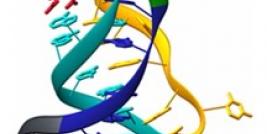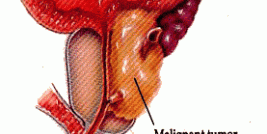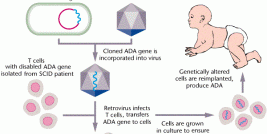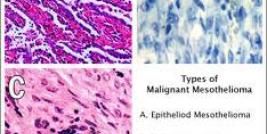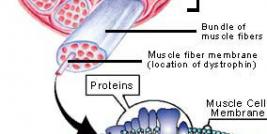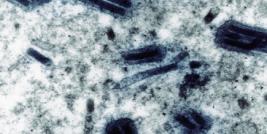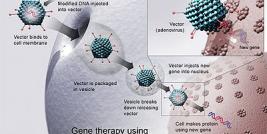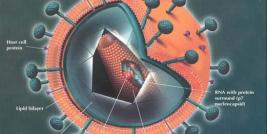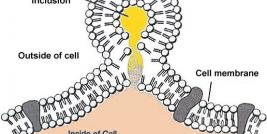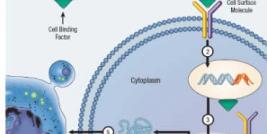Mouse Hematopoietic Stem Cell Isolation, Culture, and Transplantation
Mouse hematopoietic stem cell (HSC) transplantation is a well-established in vivo model system to study various factors affecting normal and pathologic blood cell development. Based on the currently accepted classification primitive HSCs are multipotent adult stem cells that can be divided developmentally into two different stages: long-term HSCs and short-term HSCs (1). However, bone marrow contains largely heterogeneous and functionally distinct subpopulations of hematopoietic stem and progenitor cells separated by their self-renewal ability, clone size, differentiation capacity, migration patterns, and primitiveness (2). Due to this variability the reproducible isolation of HSCs representing biologically homogenous population is a very difficult task. Therefore, the characterization of HSCs is based on the in vitro functional assays, such as methylcellulose colony forming assay, or in vivo studies like competitive repopulation unit assay and the ability to form hematopoietic chimera after transplantation.

